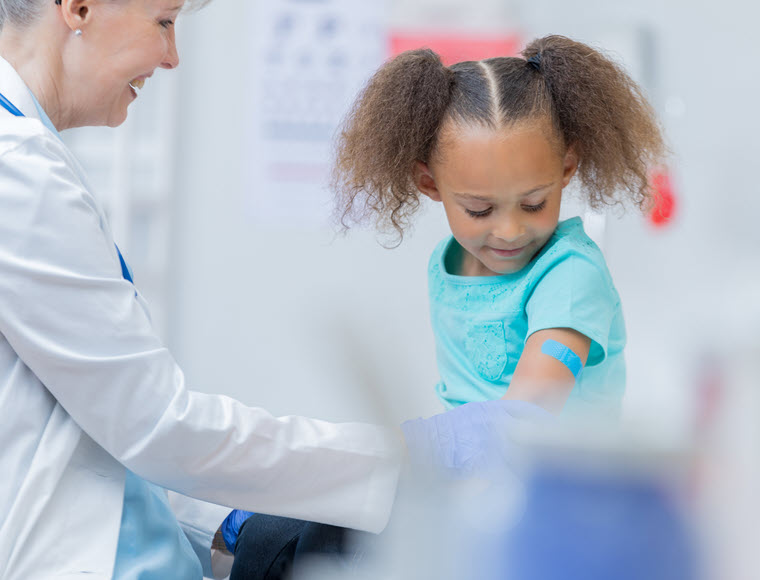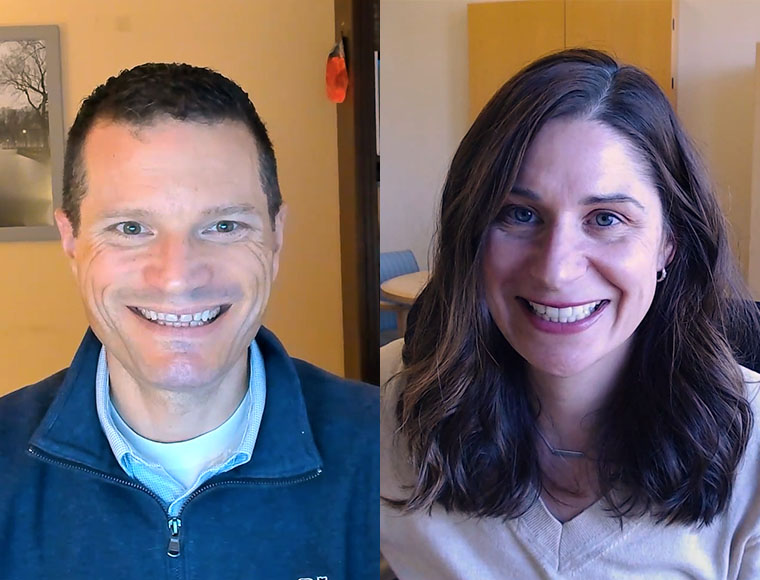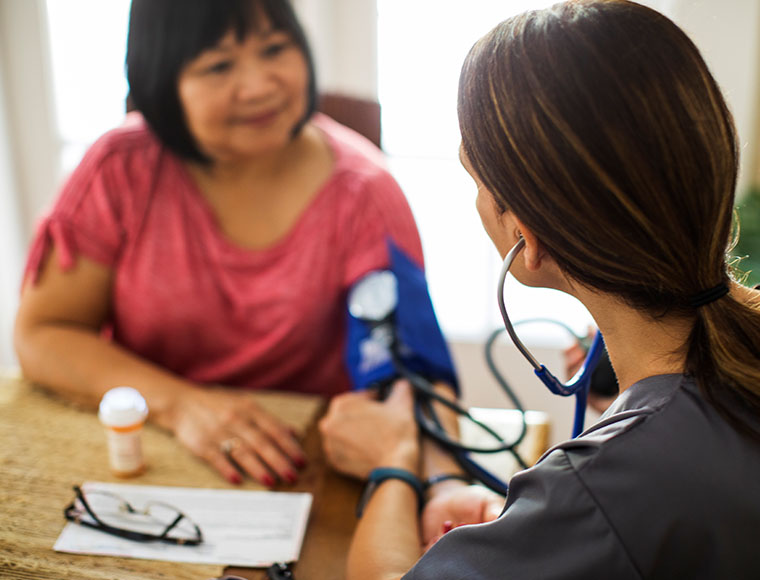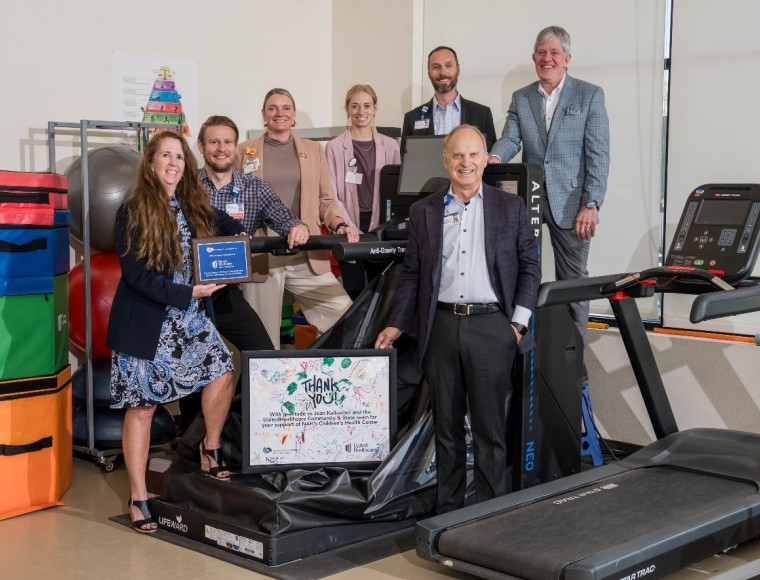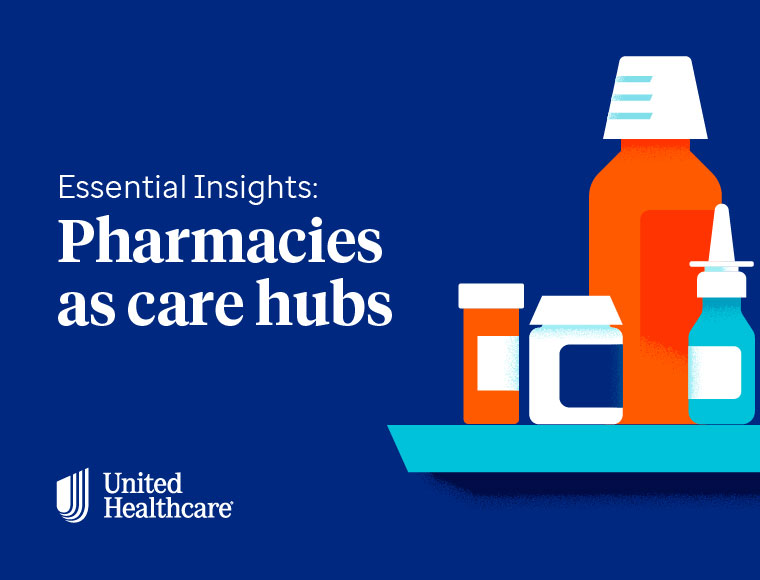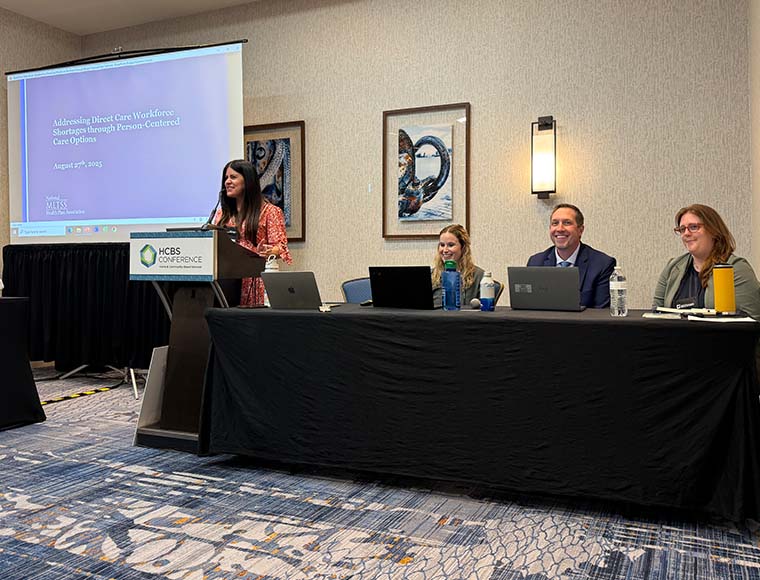In support of increasing access to care, UnitedHealthcare Community Plan of Pennsylvania recently helped sponsor a Latino Wellness Festival in Philadelphia. The event was organized by the Latino Behavioral Health Coalition (LBHC) and was designed to promote personal wellness within the Philadelphia Latino community. A number of Latino health associations and local organizations collaborated to provide a day of family activities and free medical services. Outreach teams distributed bilingual information to attendees and explained how they could access further resources for mental and physical health.
Despite heavy rain for the duration of the event, UHC team members along with other community groups stayed the course to provide resources for attendees. Food trucks, music, games for children, face-painting and other activities kept families entertained while children, parents and grandparents could access free medical care, including lab testing and screening for Parkinson’s disease or dementia.
Philadelphia has large, diverse Latino communities. Those who are eligible for Medicaid encounter additional barriers to care beyond the usual obstacles, due to cultural and demographic influences, and health fairs have proven to be effective outreach strategies.
Latino communities are growing fast in Philadelphia, and so is the need for integrated services
Of the twelve states with at least one million Hispanic residents, Pennsylvania saw the fastest Latino population growth, 38%, from 2010 to 2019.1 According to the 2020 census, Pennsylvania’s Hispanic or Latino residents numbered 1,049,615 in 2020. The population of Hispanic or Latino origin grew by 45.8%, while the population that was not of Hispanic or Latino origin declined by 0.2% since 2010.2
Latino individuals in Philadelphia have the highest rate of new mental health diagnoses and the second highest rate of new HIV diagnoses, binge drinking, and opioid-related mortality.3 There is also a high incidence rate of serious chronic diseases such as cancer, heart disease and diabetes in Latino communities.4
In 2023, almost 1 in 5 residents in Philadelphia County, Pa., are Hispanic or Latino.5 By 2040, growing at current rates, multicultural segments could represent the majority. There is a significant and increasing need for effective and culturally responsive health care services.
Understanding additional barriers to care in Latino communities
Besides financial barriers and high uninsured rates, Latino individuals experience significant non-financial barriers, both cultural and linguistic, that contribute to lower rates of access and utilization of health care services, including preventive screening services.4
It is important to understand how diverse populations can be within the Latino community and to adapt as needed. North Philadelphia has a larger proportion of residents that are of Puerto Rican origin. South and Southwest Philadelphia Latino communities are predominantly of Mexican origin. Other Hispanic/Latino residents are those of Salvadoran, Cuban, Dominican, Guatemalan, Colombian and Honduran origins.3
“Latino communities are not homogenous. We are diverse in cultures, races and origins, and hold our own unique perspectives and gifts to bring to the table. What works in one community, may not work for another,” says Nelly Jimenez-Arevalo, Executive Director and CEO, ACLAMO, which provides access to social services and wellness programs in Philadelphia.6
Per the National Alliance on Mental Illness (NAMI) Bucks County PA, other challenges faced by those who are Latino when seeking mental health care include language barriers, misdiagnosis, fear of deportation even though eligible for coverage, reliance on home remedies, and lack of Spanish-speaking mental health professionals.7 Health fairs staffed by bilingual medical professionals and advocates can help alleviate some of these concerns.
Health fairs are effective at reaching underserved populations
A study reviewing attendance at seven health fairs for English/Spanish speakers found that 80% of participants rated the health fairs as an important factor in their decision to get screened. Many respondents believed that the fairs raised community awareness about the importance of screening, and provided education to those who would not otherwise have received it.8
Fair coordinators told researchers they perceived the health fairs to be successful in reaching underserved populations. They also said that the health fairs planned for cultural groups were rated higher in satisfaction overall than events, and participants enjoyed the cultural aspects (e.g., native foods, activities).8
Dr. Cuong Pham, of the University of Minnesota, says, “Social conditions like work, childcare needs and transportation make it difficult for community members to come to a clinic or hospital. Health care has been focused on having patients come to established clinics to receive the resources and care they need, which ignores the barriers they often face. So, when we can go to communities themselves, it makes it so much better for them.”9
Commitment is going where you’re needed
Health fairs are increasingly being used to address the need for no- and low-cost services that target prevention and education in underserved communities. Receiving information directly from health professionals is one of the most important sources regardless of health literacy, thus highlighting the importance of face-to-face contact with health professionals.4
Community engagement, partnerships, relationship building and increased awareness of service organizations are additional benefits of health fairs. UnitedHealthcare Community Plan of Pennsylvania welcomed the opportunity to help sponsor and take part in the Latino Wellness Festival and is committed to collaboration for increased access to medical care for the Latino community in Philadelphia.
Sources
- Pew Research Report on Hispanics and US population growth
- 2020 Census Racial and Ethnic Diversity in PA
- Provider Perceptions of availability, accessibility and adequacy of health and behavioral services for Latin immigrants in Philadelphia: a qualitative study
- The Reach and Rationale for Community Health Fairs
- U.S. Census Bureau QuickFacts: Philadelphia city, Pennsylvania; United States
- What 9 Philly Latinx leaders need you to understand about their communities
- NAMI Bucks County PA-Latino Mental Health
- Process Evaluation of Health Fair Promoting Cancer Screenings
- Community Health Fairs Aim to Address Access to Healthcare



